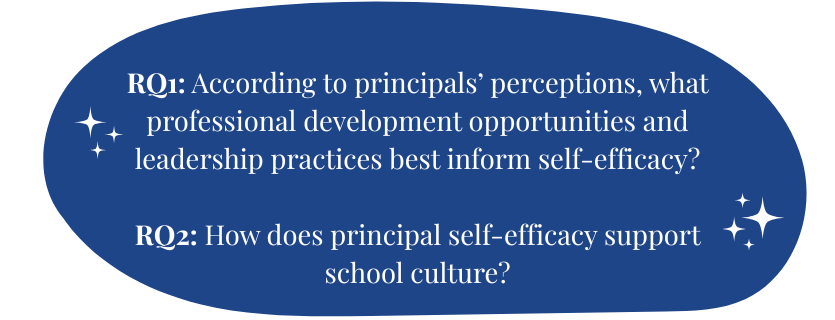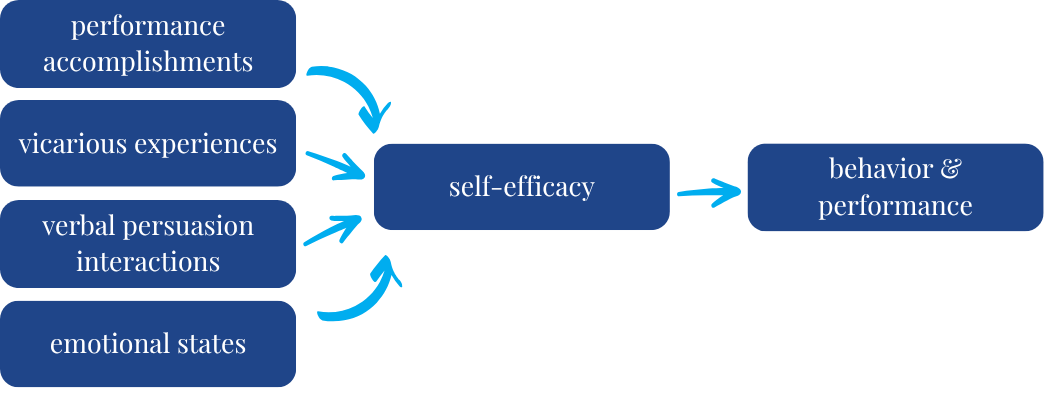Dr. Heather Bjornberg, founder of Pixie Dust Leadership LLC, empowers educators and organizations through innovative, transformational coaching. An Aspen University alumna with a doctorate in Organizational Leadership, her expertise includes elevating leadership efficacy, emotional intelligence, and building thriving, sustainable cultures.
She serves as President of Aspen University’s Chapter of the National Society of Leadership and Success, was recently published in the Aspen Journal of Scholarly Works (Vol. 5), and will present at the Texas Computer Education Association’s AI Conference this July. Blending research with creativity and heart, Dr. Bjornberg brings a touch of pixie dust to every space she enters. ✨
As an educational leader, I am passionate about elevating the self and collective efficacy of educators and leaders across the nation. I conducted a study to explore principals’ perceptions of self-efficacy and implications for schoolwide culture to illuminate the voices of principals and support principal retention.
 Principals in K-12 education have a heavy weight to bear as organizational leaders. They are responsible for producing results, empowering their teams to perpetuate continuous growth, and creating and managing sustainable systems that add value to the communities they serve. The role of the principal also includes addressing variables that arise unexpectedly and requires an array of applicable skills.
Principals in K-12 education have a heavy weight to bear as organizational leaders. They are responsible for producing results, empowering their teams to perpetuate continuous growth, and creating and managing sustainable systems that add value to the communities they serve. The role of the principal also includes addressing variables that arise unexpectedly and requires an array of applicable skills.
So, why are principals leaving the principalship? Principal burnout and retention have become urgent topics in the field of education as more and more principals are leaving the role or the field of education altogether. Researchers have found that principals are facing both internal and external pressures that they are not able to sufficiently address due to low efficacy and lack of skills needed to be successful. Su-Keene and DeMatthews (2022) explained that the number of principals leaving the profession is increasing, and that principals are prone to experiencing burnout because they do not have the proper training. Kafele (2019) clarified that principals are prone to burnout due to external pressures to transform their schools and address the day-to-day issues that arise, such as disciplinary incidents and managerial tasks. To improve retention, principals must be given ongoing opportunities to build their self-efficacy and skills so that they may lead effectively and obtain desired results.
The literature contained significant information related to characteristics of effective principals, as well as building self-efficacy as a separate topic, but there was a need for more information regarding these two topics together. There was also very little research that asked principals what they perceived to be the best strategies for building self-efficacy and successful leadership. I aimed to conduct a qualitative case study to address the gap present in the literature and illuminate the principal’s voice.
I developed two questions that I used to guide my research:

This study was anchored in Bandura’s Theory of Self-Efficacy framework. Bandura (1977) explained that there are four experiential categories that have implications for building self-efficacy. The four types of experiences are performance accomplishments, vicarious experiences, verbal persuasion interactions, and emotional arousal from interactions. Individual self-efficacy can grow from experiences in these four areas.

I conducted a qualitative case study with a small sample of four acting K-12 principals in Southern California with experience as a principal ranging from one to eight years. The participants used their years of expertise to respond to the questions I asked during virtual interviews. The data collected via the interviews was then transcribed, member-checked for accuracy, and coded. Data analysis revealed five themes that aligned with Bandura’s research: leadership opportunities, passion, emotional intelligence, relationship building, and collaboration.
Participants shared their perceptions regarding these five themes and attributed their self-efficacy and leadership success to experiences they’ve had in each. It is important to note that collaboration–a shared experience with others–was found to build not only the collective efficacy of a group but also individual self-efficacy. Hattie (2021) found that collaboration practices with teachers had implications for student achievement and teacher efficacy. Principals in this study also highlighted how engaging in collaboration with their peers supported their efficacy.
Principal retention continues to be an area of focus across educational organizations today, and should continue to be explored further by including more principal voices so that educational teams can better support principals and organizational outcomes.

References
Bandura, A. (1977). Self-efficacy: Toward a unifying theory of behavioral change. Psychological Review, 84(2), 191-215. https://doi.org/10.1037/0033-295X.84.2.191
Hattie, J., & Smith, R. (2021). 10 mindframes of leaders. Sage Publications.
Kafele, B. K. (2019). Avoiding school leadership burnout. Education Digest, 84(7). 4-9.
Su-Keene, E., & DeMatthews, D. (2022). Savoring the joy: Reducing principal burnout and improving well-being through positive psychology interventions. The Clearing House, 95(5), 210-219. https://doi.org/10.1080/00098655.2022.2097623

